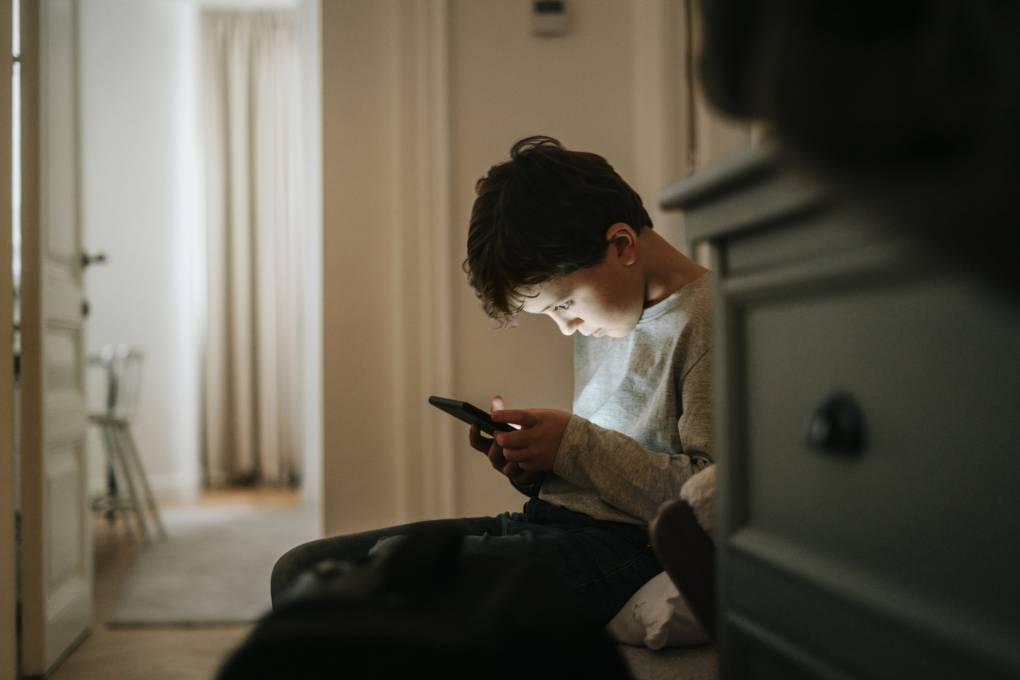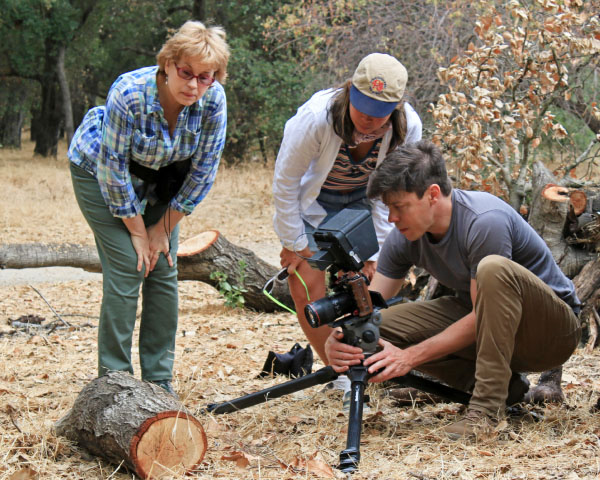But for students anxious about taking a test or getting bullied, or men in their 50s feeling the financial pressure of supporting a family, or for an elderly person who hasn’t seen their family in weeks and is thinking about suicide, Durham said, the warm line has been crucial. In the aftermath of the January wildfires that tore across Los Angeles, calls increased from 800 a day to 900 a day.
“Being heard is healing,” Durham said.
While there is no data on what happens to people after their 15-20-minute conversation, Durham believes the warm line has kept people out of crisis.
It also provided jobs for people with mental illness, many of whom had never worked before, she said, and a sense of pride in tapping their own struggles to help others in the community. These peer counselors were trained in de-escalation and how to identify callers who needed to be transferred to 988, the national suicide hotline.
When Durham learned the county planned to pull funding for operating the Orange County warm line — which at its peak was close to $11 million a year — she began looking for alternatives.
The state also operates a warm line, but its budget was also slashed this year, and Durham said people often have to leave a message and wait 48 hours for a call back. She’s found about 100 volunteers to staff the local line from 12 p.m. to 12 a.m., instead of 24/7, but even at the reduced capacity, she can only keep it going two to three more months.
“I think we’re going to see it get a lot worse before it gets better,” she said.


